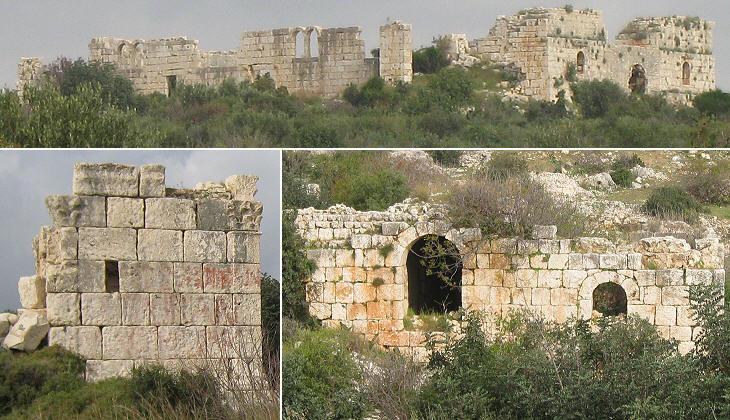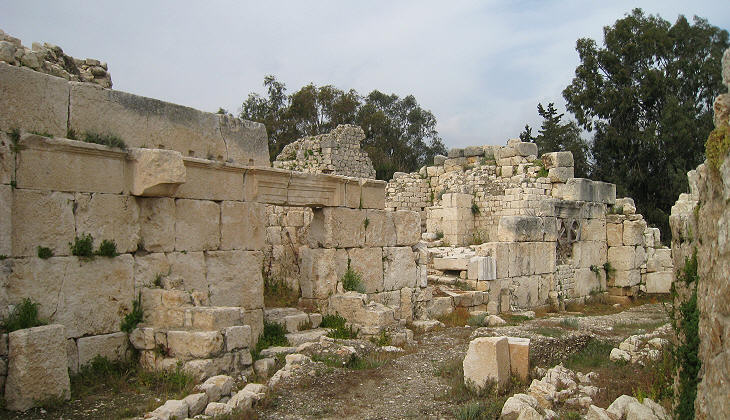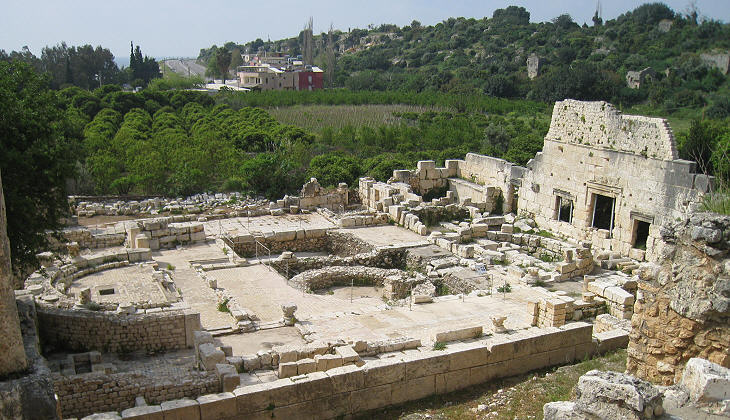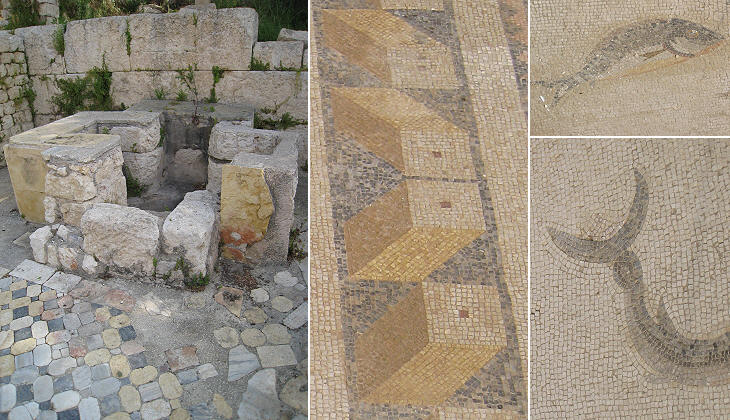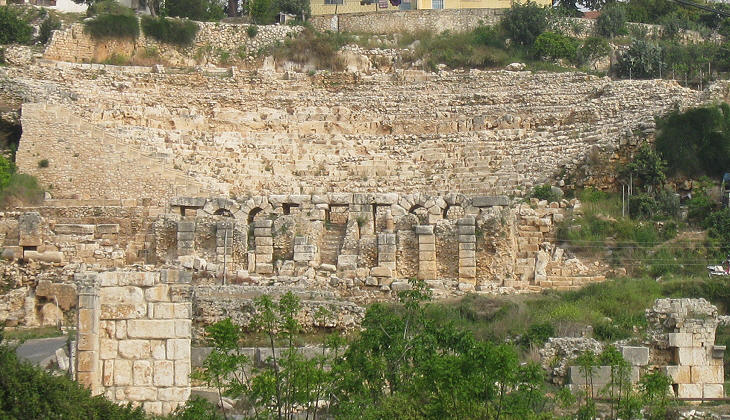  What's New! Detailed Sitemap All images © by Roberto Piperno, owner of the domain. Write to romapip@quipo.it. Text edited by Rosamie Moore. Page added in May 2010. |
 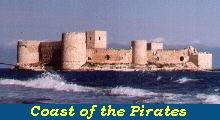 - Elaiussa - Elaiussa(Kizkalesi) The ruins of Elaiussa, a very ancient port, are located just a few miles to the east of the Armenian fortress of Korykos; Hittite records found at Hattusa name the port as Vilhousa; in Roman time Sebaste, the Greek word for Augustus, was added to form Elaiussa Sebaste.
From Korghos the shore presents a continued scene of ruins, all of which being white, and relieved by the dark wooded hills behind them, give to the country an appearance of splendour and populousness; that serves only, on a nearer approach, to heighten the contrast wbh its real poverty and degradation. Francis Beaufort, Captain of HMS Frederikssteen, a frigate of 32 guns: Karamania; or a brief description of the South Coast of Asia Minor, and of the Remains of Antiquity collected during a survey of that coast, under the orders of the Lords Commissioners of the Admiralty, in the years 1811 & 1812 - Published in 1817 The section of the large coastal road between Korykos and Elaiussa is flanked by the ruins of many buildings of the Roman and Byzantine periods; they are scattered in the fields and they indicate that the region enjoyed a period of economic development and security between the Ist and the VIth centuries AD.
The most striking proof of their former opulence and grandeur of this place, appears in the elaborate pains that were bestowed on providing it with a supply of water. F. Beaufort The first evidence of Elaiussa Sebaste can be noticed in a side valley which is crossed by the arches of a Roman aqueduct which provided fresh water to the port.
Elaiussa, similar to many other ancient ports (e.g. Iasos), was built on a short headland which formed two natural harbours; the northern one was more protected (today it is silted) and in Roman time a circular portico was built between the two harbours; later on the portico was turned into the residence of the Byzantine governor of Elaiussa; the town retained some importance until the beginning of the VIIth century.
The coastal road separates the archaeological area of the two harbours from a series of important buildings and from the necropolis which are located inland. Here archaeologists have recently unearthed a very interesting complex, which can be regarded as a historical summary of the development of Elaiussa Sebaste. The lowest layers of the complex are decorated with mosaics portraying marine subjects; they belonged to a Roman villa of the Early Imperial period. In the IInd century AD, the expansion of Elaiussa led to building a small agora above the villa: it consisted of a quadrangular portico with fountains: a tholos, a small circular temple, stood at its centre.
In Byzantine time a large basilica replaced the agora: it had two apses, one of which most likely was used for displaying relics; archaeologists have found the facility for providing baptism by immersion near one of the apses.
The complete excavation of Elaiussa Sebaste meets significant obstacles, because the area is farmed and the object of touristic development, yet the unearthing of the agora has given archaeologists more leverage for convincing authorities to let them expand the excavated area; at the time this page was written there were no restrictions/controls on the access to the ancient buildings.
The theatre of Elaiussa was located on a commanding position facing the sea; the audience, in case of boring performances, could always listen to the distant sound made by the waves. Move along the Coast of the Pirates: Introduction and Alanya Anemurium Mamure Kalesi Silifke Kizkalesi Olba (UzuncaburÁ) Map of Turkey with all the locations covered in this website.   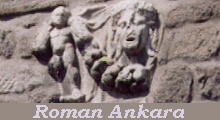 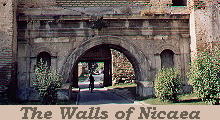 |
